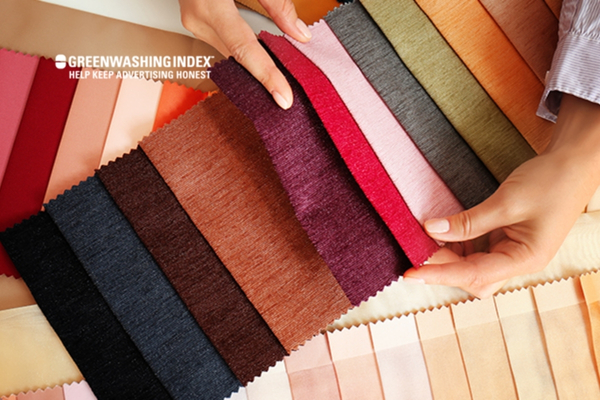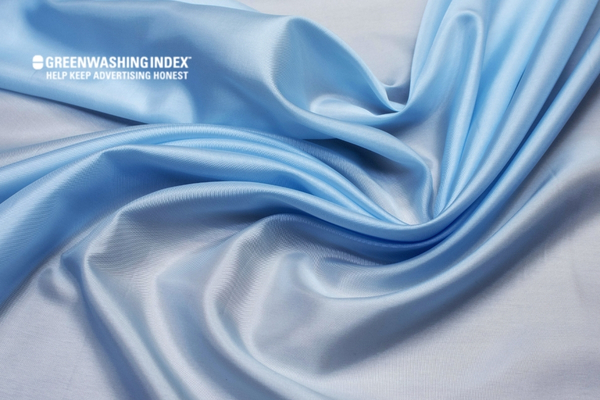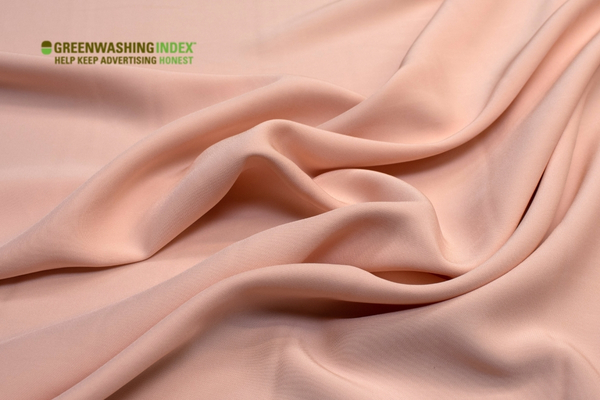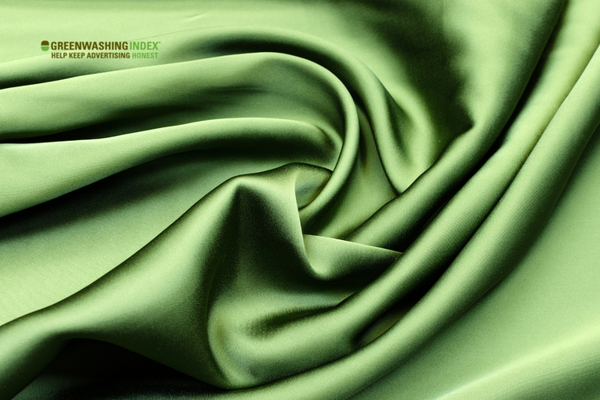

Rayon fabric stands out in the textile world for its luxurious feel and versatility, making it a favorite among fashion enthusiasts. This unique material, derived from natural cellulose, offers a silky texture that is both breathable and comfortable.
As we explore the fascinating journey of rayon, from its origins to its current status in sustainable fashion, you’ll discover why it remains a staple in wardrobes globally. Its ability to mimic silk at an accessible price point adds to its allure, but there’s much more beneath its surface waiting to be revealed.
Rayon fabric, a versatile and widely used textile, has a rich history that dates back to the late 19th century. Initially developed as an affordable alternative to silk, rayon has undergone significant evolution, leading to various types and production methods. Its invention marked a pivotal moment in the textile industry, as it was the first manufactured fiber, allowing for the democratization of luxury fabrics.

Over the years, innovations in manufacturing processes have led to the creation of different rayon varieties, including viscose, each with unique properties and applications. Today, rayon continues to play a crucial role in both fashion and industrial textiles.
Also Read: Bamboo Fabric: Sustainable Fashion’s Savior or Slip-up?
Rayon fabric is pretty interesting because it’s like a bridge between natural and man-made materials. Let me explain how rayon is made, starting with plants and ending up as the soft textile we all know.

Creating rayon fabric is a journey, from its natural plant beginnings to becoming cozy threads you can wear. Here’s how it happens, step by step:
There you have it! From plant bits all through chemistry magic right unto comfortable clothes we love – that’s how rayon comes alive!
Rayon is a semi-synthetic fabric made from natural cellulose, primarily derived from wood pulp. Its popularity stems from its luxurious feel and versatility in clothing, but it has significant environmental and durability concerns.
Characteristics of Rayon:
Environmental Impact:
While rayon is marketed as eco-friendly due to its natural cellulose origins, its production involves several environmentally harmful processes:
Durability and Maintenance:
Rayon has notable weaknesses in terms of durability:
Also Read: Cotton Biodegradability: Eco-Friendly or Ecological Burden?
Rayon fabric is a soft and comfy material that many people love to wear. But not all rayon is the same. There are different types of rayon, each with its own special features.

When we talk about rayon, it’s not just one single kind. There are actually four main types that you should know about.
Viscose Rayon: This type is the most common one. It feels really smooth like silk and absorbs water well, which means it’s cool to wear on hot days. Viscose rayon drapes nicely, making it great for flowy dresses and blouses. However, this type can wrinkle easily and may shrink if you don’t wash it right.
Modal Rayon: Think of modal as the stronger sibling of viscose. It’s still very soft and silky but doesn’t get wrinkled as much as viscose does. Modal also holds color very well, so your bright red shirt will stay bright even after many washes. People often use modal for things like underwear and towels because it’s really absorbent too.
Lyocell Rayon: Now we’re talking about a type that’s good for the environment! Lyocell is made in a way that uses less harmful chemicals than other kinds of rayon do. It takes dye colors easily, which means less dye goes to waste during production—another win for Mother Earth! Lyocell fabric is strong when wet or dry and feels gentle on your skin.
Acetate Rayon: Acetate has a bit more shine to it compared to other kinds—and doesn’t soak up water very much at all! That makes this type not so sweaty in hot weather or during fancy events when you’re dancing all night long. Because acetate reflects light well, this type has rich colors with a nice glossiness perfect for evening gowns or party clothes.
So there you have them: viscose, modal, lyocell, and acetate – four different family members in the world of rayon fabrics with their own unique charms! Each one brings something special to your wardrobe: from comfort and coolness to shine and strength.
Rayon is a semi-synthetic fabric that has gained popularity for its versatility, comfort, and luxurious appearance. Originating in the late 19th century as a substitute for silk, rayon is derived from natural cellulose sources, making it an appealing choice for various textile applications. Its unique properties allow it to mimic the feel of natural fibers like silk, cotton, and linen. This fabric is widely used in clothing, home furnishings, and even industrial applications due to its softness and excellent moisture absorption capabilities.
Fashion’s fabric choices matter a lot for our planet. Rayon fabric, with its silk-like feel, is popular in many clothes I wear. But often, when I pick up a garment made of rayon, I ponder over its environmental footprint. Let’s explore if the thread that stitches together our favorite rayon piece is dyed green or not.

When I think about rayon fabric, a lot goes through my mind. It’s soft, silky, and looks great. But as someone who cares about our planet, I wonder if Rayon is a friend or foe to the environment. So, let’s dive right in and see what the real deal is with rayon production and sustainability.
Rayon fabric isn’t just one thing; it comes from plants but needs some help from science to become the comfy shirts and dresses we love so much. This process has some steps that haven’t been too kind to nature.
First off, rayon is made using wood pulp (yep, from trees), which means cutting down forests unless they’re managed responsibly. Then come the chemicals – harsh ones that can really hurt our earth if we’re not careful.
Now for the good news! People have noticed this isn’t the best for Mother Earth and are working hard on sustainable rayon solutions. To break it down:
But even with these steps towards a greener way of making rayon, we’ve still got work to do:
So back to our big question: Is there a green thread in rayon production? Yes…well sort of…it’s getting better but not perfect yet.
Let’s keep watching out for labels like “sustainable” or “eco-friendly” when shopping for those flowy rayon clothing pieces because every little choice helps us get closer to an answer we can feel really good about for our green world!
Also Read: Mattress Disposal: Easy Steps for Eco-Friendly Solutions
Rayon and cotton are two widely used fabrics in the textile industry, each with unique properties and applications. Understanding their differences can help consumers make informed choices based on their needs, preferences, and environmental considerations. Cotton is a natural fiber known for its softness, durability, and breathability, making it ideal for everyday clothing and household items.
In contrast, rayon is a semi-synthetic fabric derived from cellulose, often praised for its silky feel and elegant drape but requiring more careful maintenance. Below is a comparative overview of these two popular fabrics.
| Attribute | Rayon | Cotton |
|---|---|---|
| Origin | Chemically processed cellulose fiber | Natural fiber from cotton plants |
| Strength / Durability | Weak when wet; lasts many years with proper care | Strong and durable; stretches over time |
| Pilling | Resistant to pilling | Tends to pill over time |
| Breathability | Some varieties are breathable | Highly breathable |
| Absorbency | More absorbent than cotton; quick-drying | Very absorbent but does not dry quickly |
| Comfort / Softness | Softer than many synthetic fabrics | One of the softest natural fibers |
| Cost | Generally cheaper than silk but more expensive than some synthetics | Usually more affordable than synthetic fabrics |
| Care | Often requires dry cleaning; delicate handling needed | Easy to care for; machine washable |
Both fabrics offer distinct advantages depending on the intended use, climate, and personal comfort preferences.
Also Read: 10 Green Cleaning Habits: Your Guide to a Zero-Waste Home
Rayon fabric is popular. People like it for many reasons, but it also has some downsides. Here I talk about what’s good and not so good about rayon clothes, from my own use.

Pros:
Cons:
These are the main points to know when thinking about getting something made of rayon fabric. It’s soft and cool but needs careful handling to keep looking nice!
Rayon can cause skin irritation and allergic reactions, including rashes and itching, due to chemicals used in its production and potential allergens in the fabric
Absolutely! As Dean’s choice is plant-based and doesn’t use animal products, it counts as a vegan textile option.
To keep apparel made from Dean’s choice in good shape, wash gently, avoid high heat, and follow the care label instructions closely.
Dean’s Choice can handle frequent washes as long as the washing guidelines are followed to ensure the fabric maintains its quality and integrity.
Rayon fabrics stand out as an exceptional choice in the textile industry, blending elegance with functionality. Their softness, breathability, and vibrant colors make them ideal for a wide range of applications, from fashion to home decor.
As a biodegradable material derived from natural cellulose fibers, rayon also aligns with the increasing demand for sustainable textiles. With these qualities, rayon remains a popular and practical option for consumers seeking both style and environmental responsibility in their fabric choices.
